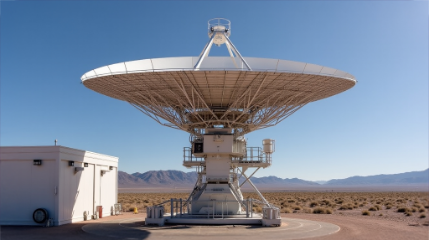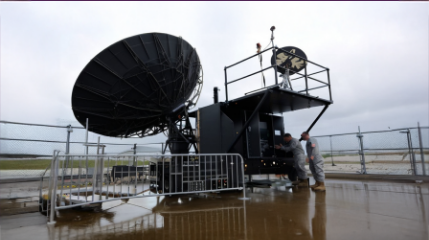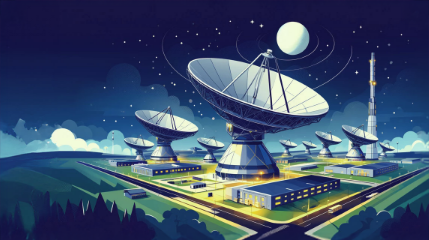Space Ground Systems
SOLUTIONSa.i. solutions is a trusted expert in developing and delivering flight dynamics ground systems for space missions ranging from low Earth orbit to deep space orbiters.
Expertise throughout the life cycle of a ground system
We have deployed bespoke ground systems and our COTS product Meridian for active space missions for more than 20 years. Meridian, our COTS flight dynamics ground system product, is our go-to solution for new missions that need full coverage for their ground system’s flight dynamics requirements plus a streamlined operator interface, integrated data store, and optional lights-out automation.
Let’s explore how a.i. solutions ground systems touch on every phase of the life cycle of a ground system.
Requirement definition and refinement
The early stages of mission development can be both exciting and overwhelming due to the many possibilities and decisions involved. Clear, specific requirements are essential to guide the development of a ground system by encouraging innovation to achieve high performance while keeping the team focused to avoid wasting time on unnecessary features.
For example, the initial design for NASA’s AOS-Storm mission required both a circular orbit and a narrow altitude range. After further analysis, the team determined that the altitude range was the key constraint. Switching to a frozen elliptical orbit met this requirement more efficiently, reducing the need for frequent maneuvers and optimizing mission performance.
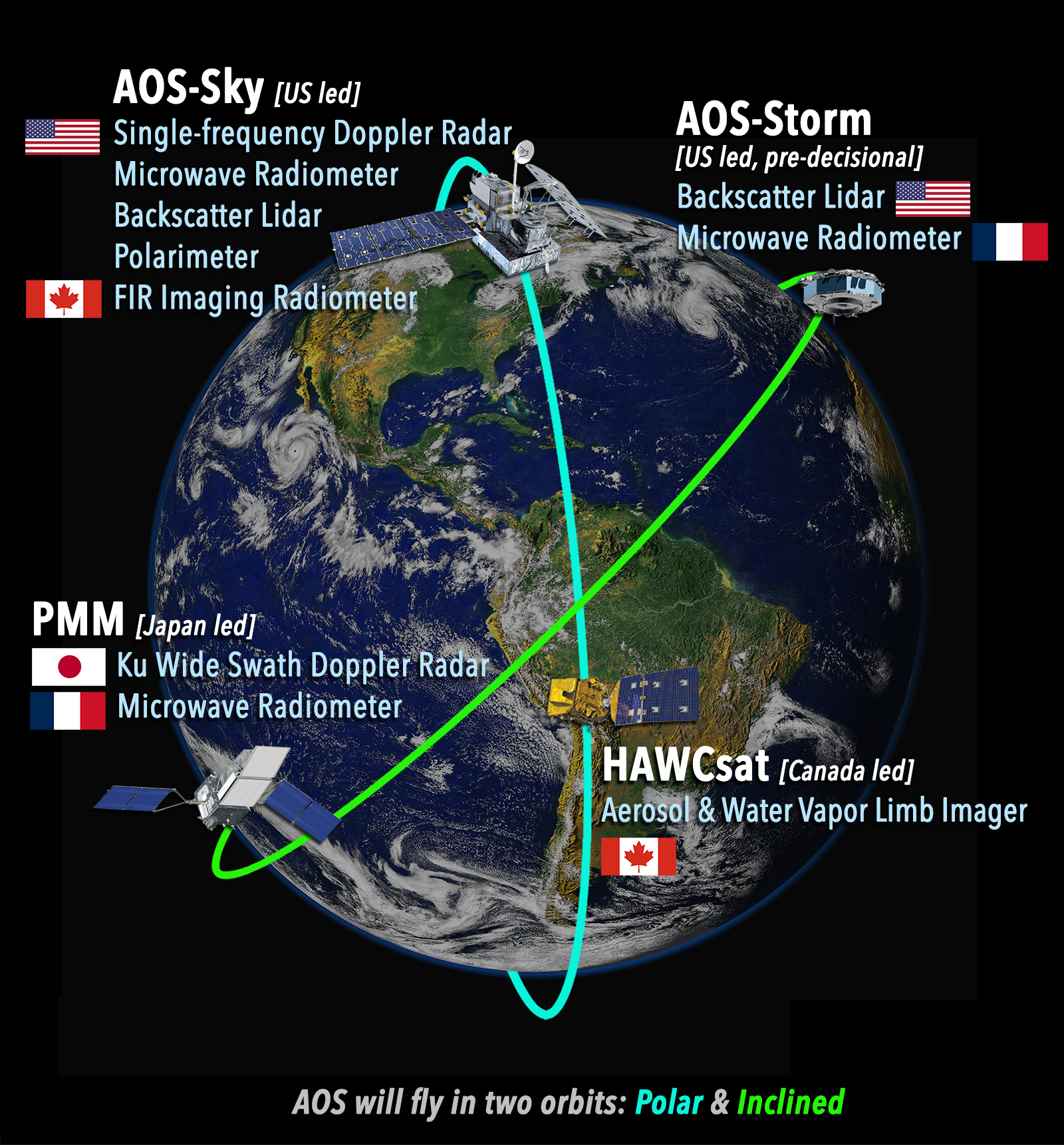
Analysis prototyping
In the early stages of development, getting simple simulations up and running quickly is critical. Early analysis helps refine requirements and identify potential challenges before they become major issues. Our teams use FreeFlyer to rapidly answer key analysis questions, then transition those same FreeFlyer scripts into ground system components when needed, incorporating higher-fidelity models and more complex input parameters.
Meridian leverages the full astrodynamics engine of FreeFlyer to provide a web-based graphical interface for spacecraft operations. For the STPSat-6 geosynchronous spacecraft mission, we developed Meridian to meet an aggressive ground system development schedule, using simple customizations to address mission-specific requirements.
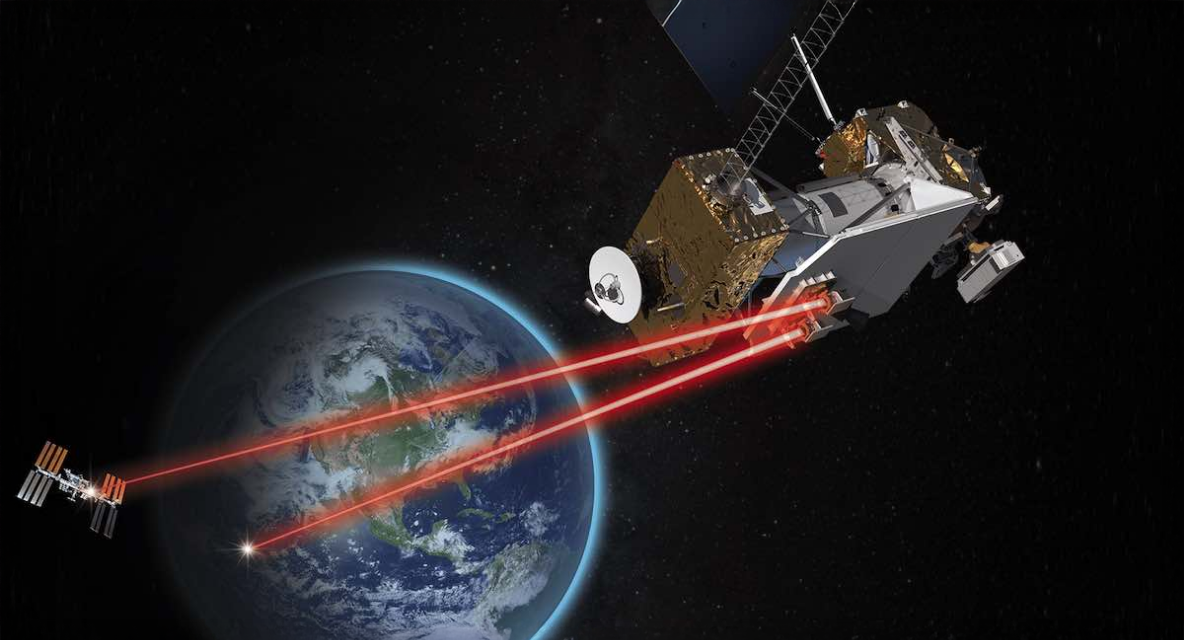
Development
Once a design direction is established, effective management and well-defined processes will help the ground system development address requirements and meet deadlines.
On the JWST mission, a.i. solutions used Atlassian development and collaboration tools, including Confluence, Jira, and Bitbucket, to coordinate the development effort across a large team. The software development effort associated with the first three releases utilized a standard waterfall development process. However, the team transitioned to an agile software development process with the fourth release, yielding immediate efficiency gains.
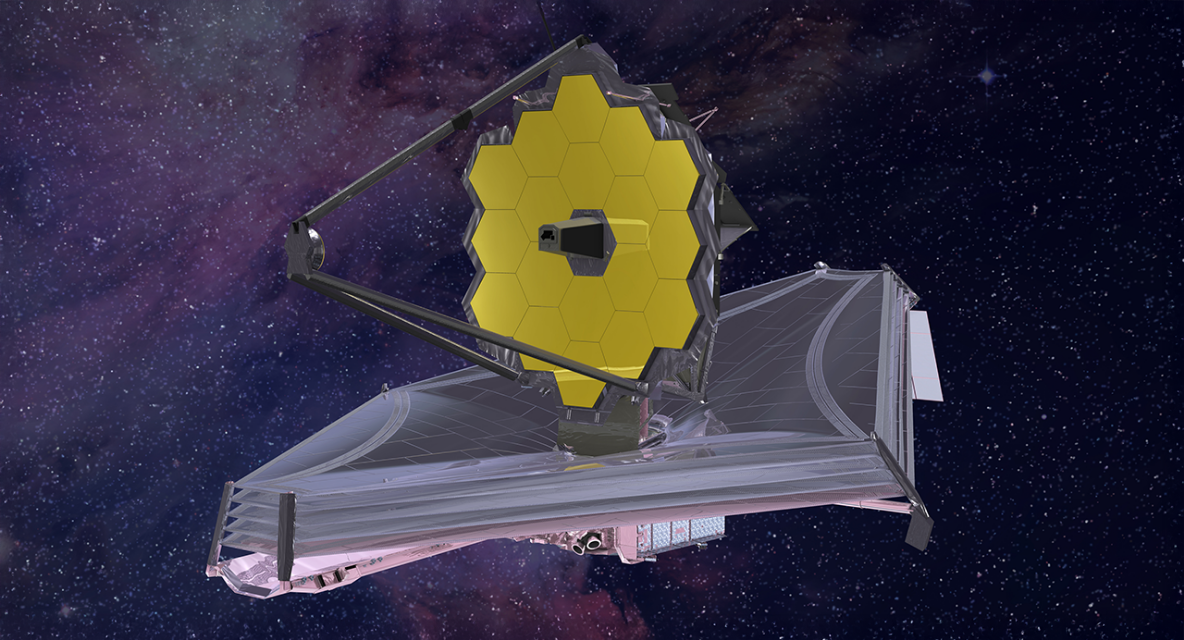
Testing
For as long as a ground system is in use, testing is an ongoing necessity. From the first development builds to post-launch updates, thorough testing is essential to ensure mission success. The goal is to continuously evaluate every aspect of the ground system to maintain proper functionality during both nominal operations and unexpected contingencies.
As a high-profile mission with no margin for error, the JWST ground system underwent rigorous, regular testing throughout its development. Each software release was subjected to extensive Factory and User Acceptance Testing cycles, with added capabilities to further integrate the JWST Flight Dynamics Ground System (FDGS) with NASA GSFC’s Flight Dynamics Facility (FDF). Our automated continuous integration and testing process, powered by the open-source application Jenkins, autonomously built software from the code repository, executed acceptance tests, compared results against controlled test data, and provided build and test feedback to the development team.
a.i. solutions now leverages the existing FDF infrastructure and the same software development process used for JWST to develop the flight dynamics ground system for the Roman Space Telescope, maximizing efficiency and reliability.
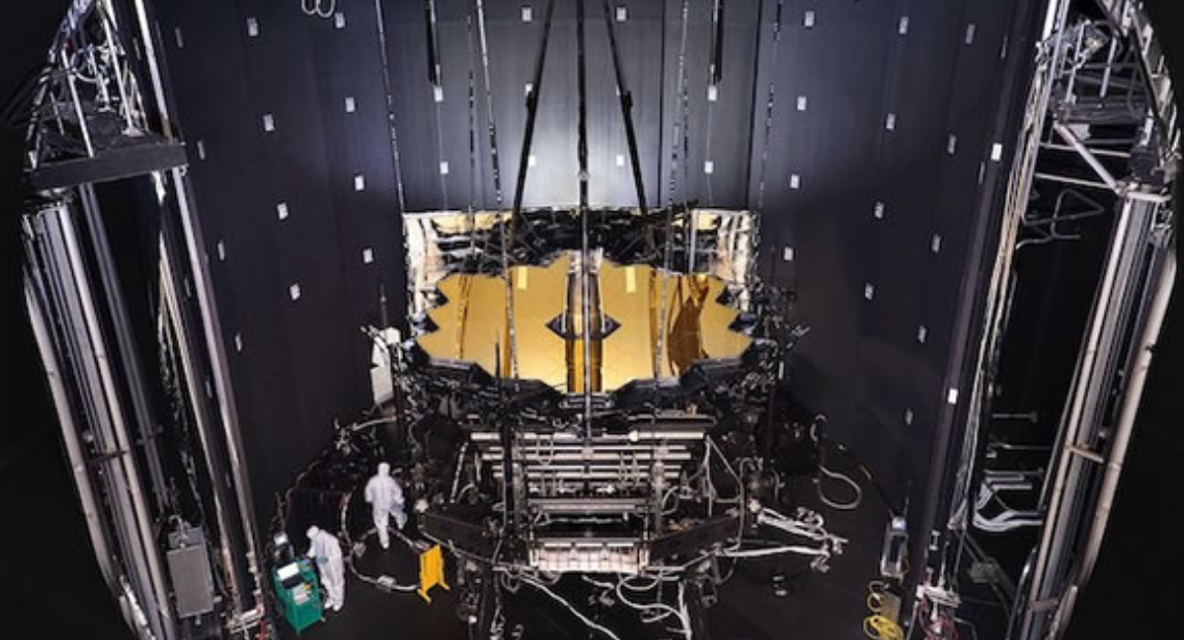
Integration
For a large mission to succeed, multiple subsystems must work together as a unified system. Even when individual subsystems are well-developed, integration issues between them are a common source of error. Through various contracts, a.i. solutions has extensive experience integrating custom software with COTS products such as FreeFlyer, STK, and MATLAB, as well as GOTS attitude determination and analysis tools, and collaborating with DoD and USAF partners.
Meridian’s client/server, service-oriented architecture facilitates seamless integration of the flight dynamics subsystem into the STPSat-6 ground system. Its representational state transfer (REST) API allows other subsystems to easily trigger automated flight dynamics functions.
Under the FDSS III contract, we developed and integrated the JWST Flight Dynamics Ground System (FDGS), which supports all flight dynamics operations from launch to on-orbit activities. This integration leveraged NASA GSFC’s Flight Dynamics Facility (FDF) infrastructure, including network configurations, storage solutions, tracking data databases, and the FDF’s Goddard Mission Services Evolution Center (GMSEC) messaging bus.
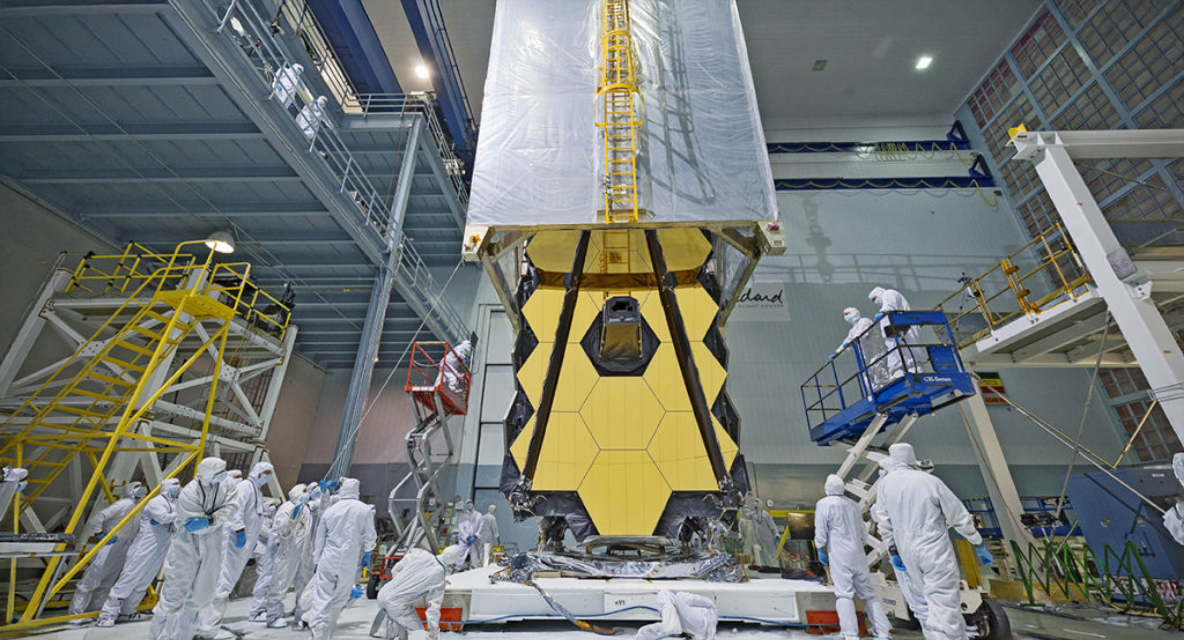
Operations training and support
The people who understand a ground system best are the ones who built it. When it’s time for operations, the development team must transfer their knowledge to the operations team through detailed documentation, hands-on training, and mission rehearsals. Maintaining direct communication with the development team provides operators with the confidence to execute mission objectives effectively.
Similarly, a.i. solutions developers benefit from direct access to the FreeFlyer technical support team. This relationship not only enables quick identification and resolution of bugs but also allows developers to suggest new features and improvements for future FreeFlyer releases, ensuring the software is continuously optimized for mission success.
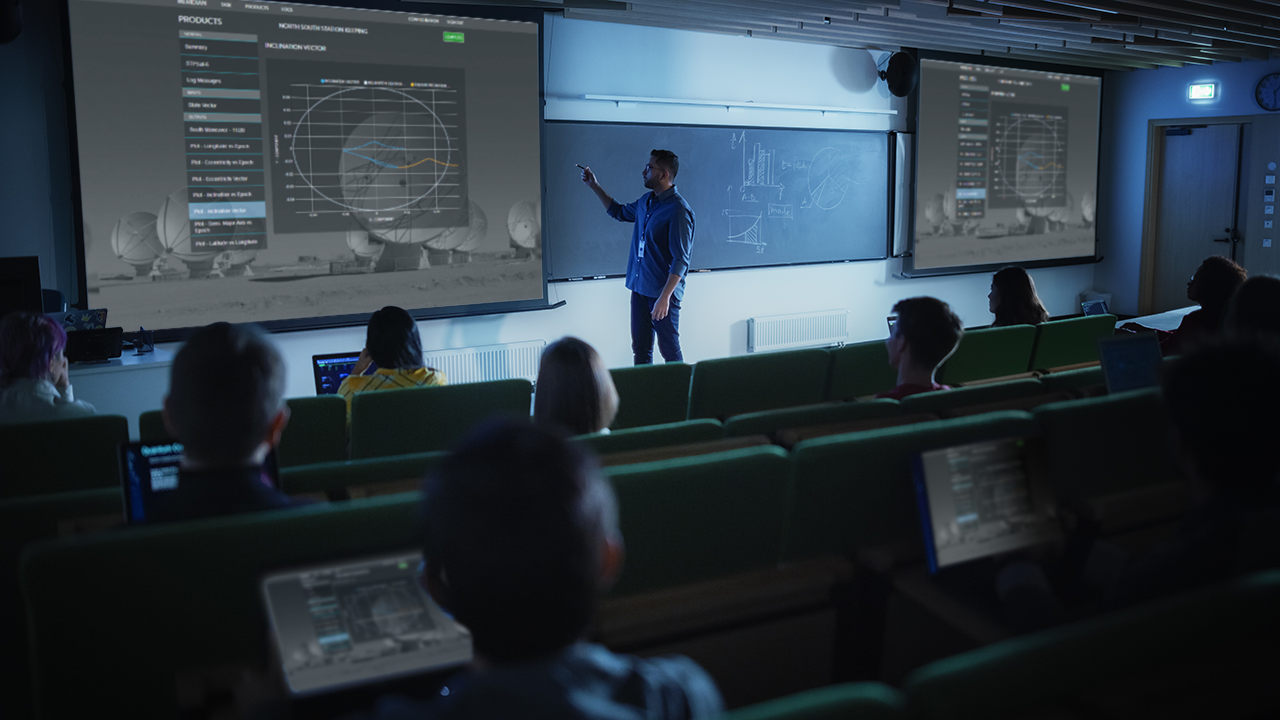
Post-launch updates
While post-launch ground system development is typically smaller in scope than pre-launch activities, it introduces a new set of challenges. Supporting an active mission requires rapid patches and updates to address issues in real-time. However, interfacing with an operational spacecraft demands heightened scrutiny, with thorough testing and review to prevent unintended consequences.
For example, just weeks after launch, our team supporting the PACE mission implemented a critical ground system update to prevent the spacecraft from entering safehold, demonstrating the need for swift yet careful action.
Even when no immediate issues arise, post-launch development provides opportunities for improvement. The MMS mission, for instance, leveraged operational experience to automate routine product generation, enhancing efficiency and reducing manual workload over time.
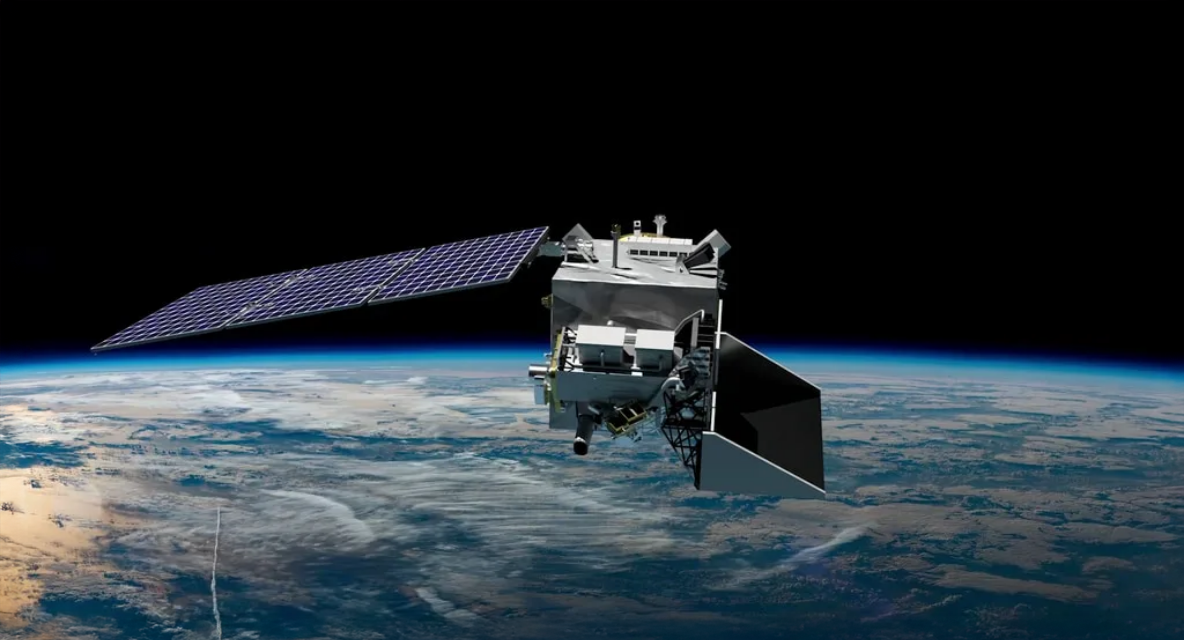
Software maintenance and security
In a constantly evolving technological landscape, software support is not guaranteed indefinitely. Older versions can diverge significantly from newer releases, creating challenges for maintaining a deployed ground system. While keeping software versions fixed may seem simpler, long-term constraints such as security vulnerabilities, compatibility issues, and lack of support often make upgrades necessary.
Under the FDSS III contract, we performed major upgrades to COTS software, including FreeFlyer and MATLAB, to modernize legacy systems and enhance security. To streamline this transition, we developed automated script conversion tools to address syntax and formatting changes introduced by the upgrades, ensuring an efficient and reliable migration to the latest software versions.


